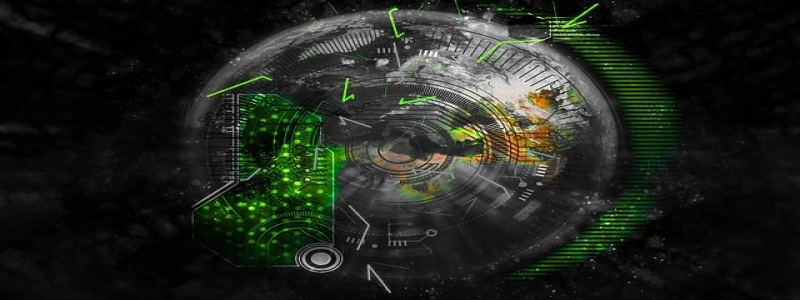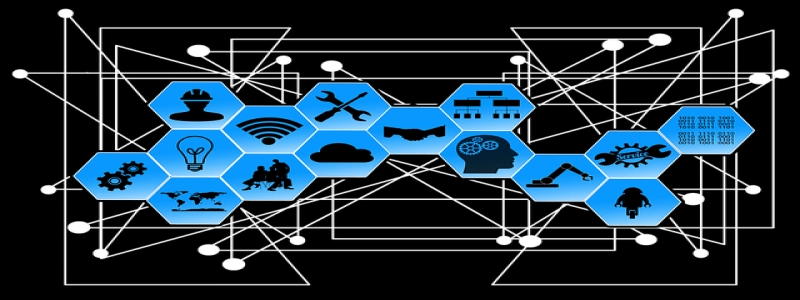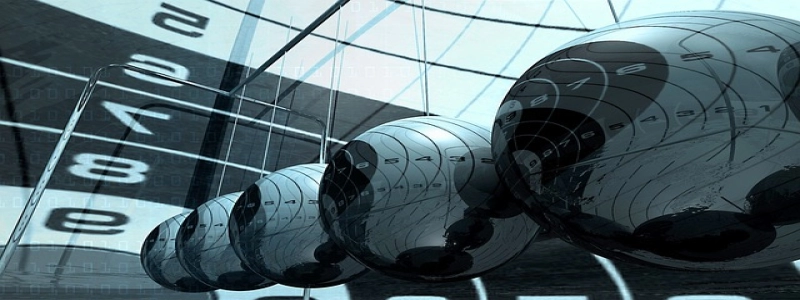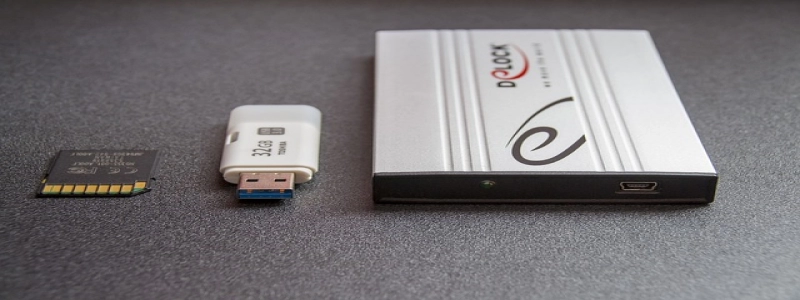Ethernet Cat 5 vs Cat 6
Introduction:
Ethernet cables are a crucial component in networking infrastructure, connecting devices to enable the transfer of data over local area networks (LANs) and wide area networks (WANs). Two popular types of Ethernet cables are Cat 5 and Cat 6. While they may appear similar, there are notable differences between the two. In this article, we will explore the distinctions between Cat 5 and Cat 6 cables and compare their performance, capabilities, and applications.
I. Cat 5 Cables:
Cat 5 cables, also known as Category 5 cables, were the standard Ethernet cables used in the early 1990s. They have four pairs of copper wires and typically support data transfer speeds of up to 100 Mbps. Cat 5 cables use the Unshielded Twisted Pair (UTP) design, with twisted pairs of wires providing a level of noise reduction and interference prevention.
Advantages of Cat 5 Cables:
1. Cost-effective: Cat 5 cables are generally cheaper compared to newer cable standards, making them a cost-effective choice for basic networking needs.
2. Sufficient for basic usage: Cat 5 cables are suitable for typical home and small office network setups, enabling smooth internet browsing and file sharing.
Limitations of Cat 5 Cables:
1. Limited speed and bandwidth: With data transfer speeds capped at 100 Mbps, Cat 5 cables may not meet the requirements for high-speed data transmission utilized in modern networks and applications.
2. Not ideal for long distances: Cat 5 cables face signal degradation over longer distances, which can affect network performance.
II. Cat 6 Cables:
Cat 6 cables, also known as Category 6 cables, are an improved version of Cat 5 cables. They are designed to meet higher bandwidth requirements and support faster data transfer speeds. Similar to Cat 5 cables, Cat 6 cables also use the UTP design and have four pairs of copper wires. However, they have more stringent specifications to reduce crosstalk and external interference.
Advantages of Cat 6 Cables:
1. Enhanced speed and performance: Cat 6 cables offer significantly higher data transfer speeds, with supports for Gigabit Ethernet (up to 1000 Mbps) and even 10 Gigabit Ethernet in some cases.
2. Superior bandwidth: The improved specifications of Cat 6 cables allow for greater bandwidth, making them suitable for large-scale networks and applications that demand higher data capacity.
Limitations of Cat 6 Cables:
1. Cost: Cat 6 cables are generally more expensive than Cat 5 cables due to their advanced features and capabilities.
2. Compatibility: While Cat 6 cables are backward compatible with Cat 5 and Cat 5e equipment, using a Cat 6 cable with older devices may not fully utilize its capabilities.
Conclusion:
In summary, Cat 5 and Cat 6 cables both serve as effective means of establishing wired network connections. However, Cat 6 cables offer notable advantages in terms of speed, bandwidth, and performance. If cost is a major factor and basic networking needs are to be met, Cat 5 cables can suffice. Conversely, for applications requiring high-speed data transmission and future-proofing, Cat 6 cables are the recommended choice. Ultimately, the decision between Cat 5 and Cat 6 cables depends on the specific networking requirements and budget constraints.








